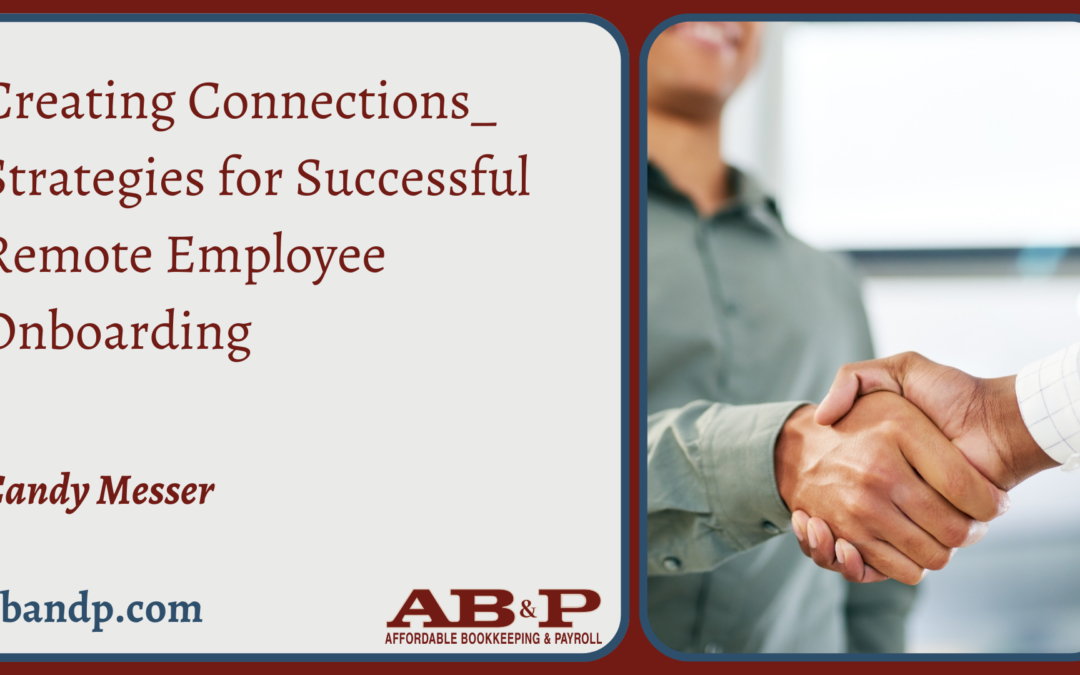In today’s digital age, onboarding new employees remotely presents unique challenges and requires innovative approaches. In this video, I will explain how you can tackle this challenge and create a seamless onboarding experience for your remote hires.
One of the key challenges in remote onboarding is ensuring that they feel like an integral part of the team and organization. It’s really important that they feel like they’re part of the team, and you want your current staff to welcome them right away.
The COVID-19 pandemic forced many organizations to shift their onboarding processes to virtual platforms.
Rashada Whitehead, Grant Thornton’s National Managing Director of Culture, Immersion, and Inclusion, shares how they immerse new hires in their firm’s culture.
She states, “We continue to teach our core values during the onboarding process and provide opportunities for new hires to interact with each other through online platforms.”
Michele Nelson, EY Americas Director of Onboarding and Transitions, explains how they create a virtual orientation experience that engages new team members.
She says, “Our virtual cohorts help new joiners establish key contacts and meet regularly throughout their first year. We schedule frequent breaks to reduce “virtual fatigue” and provide opportunities for informal in-person meetings where possible.”
Both Grant Thornton and EY assign a “buddy” to support new hires during their onboarding journey. These buddies act as mentors and guides, helping the new employees navigate their roles and connect with the organization.
Rose Hollister, a consultant with Genesis Advisers, emphasizes the importance of leaders and managers taking an active role in connecting with new hires.
She says “Schedule frequent check-ins to support the new hire, answer questions, and provide additional guidance. It’s crucial to make the new employees feel supported and valued.”
You will want to seek feedback and refine your virtual onboarding processes as needed. By listening to your employees’ experiences and adapting to their needs, you show you are committed to creating a seamless onboarding journey for remote hires.
In conclusion, remote employee onboarding goes beyond virtual meetings. It requires you to foster a sense of belonging, provide comprehensive training, and facilitate connections with peers and mentors. By implementing these strategies, you can ensure your remote hires feel integrated, engaged, and set up for success.
